capsule
Latest
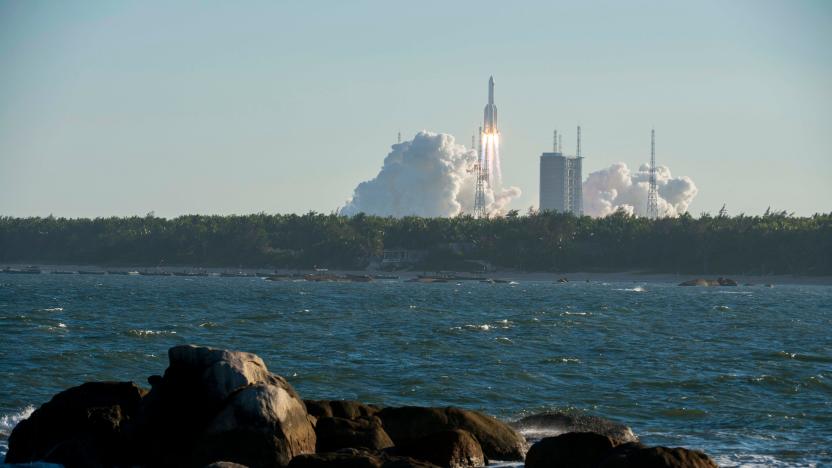
China's next-generation crew spacecraft sticks its test mission landing
After it launched on Tuesday and nailed a series of maneuvers, China’s future crewed spacecraft has made a successful desert touchdown. Built by China’s main space contractor, the China Aerospace Science and Technology Corp. (CASC), the uncrewed prototype will soon ferry astronauts to China’s future space station and, eventually, the moon.
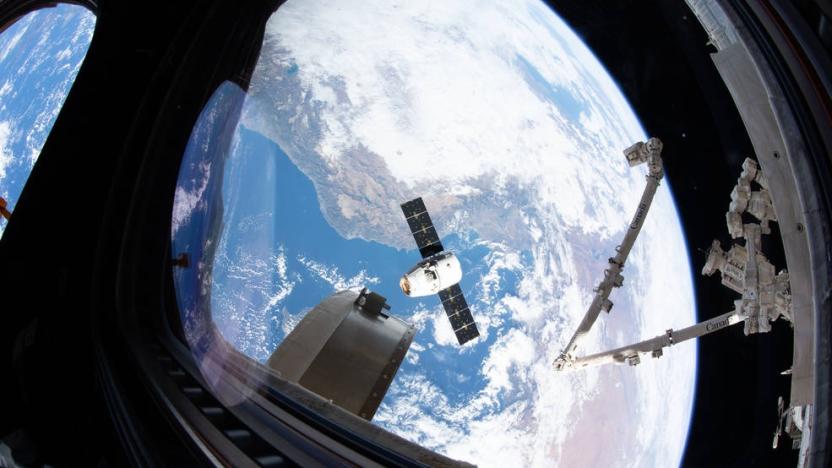
SpaceX’s first-gen Dragon cargo capsule left the ISS for the last time
This morning, a first-generation SpaceX Dragon cargo capsule left the International Space Station (ISS).

SpaceX parachute test failure could further delay crewed flight
SpaceX's hopes a human-occupied Crew Dragon flight this May are fading fast. A parachute test for the capsule failed on March 24th after a helicopter pilot was forced to drop the test vehicle early when it became unstable, threatening the pilot's safety. The test machine was destroyed as it hadn't reached "target conditions" where the parachutes would be armed, a SpaceX spokesperson told Parabolic Arc.
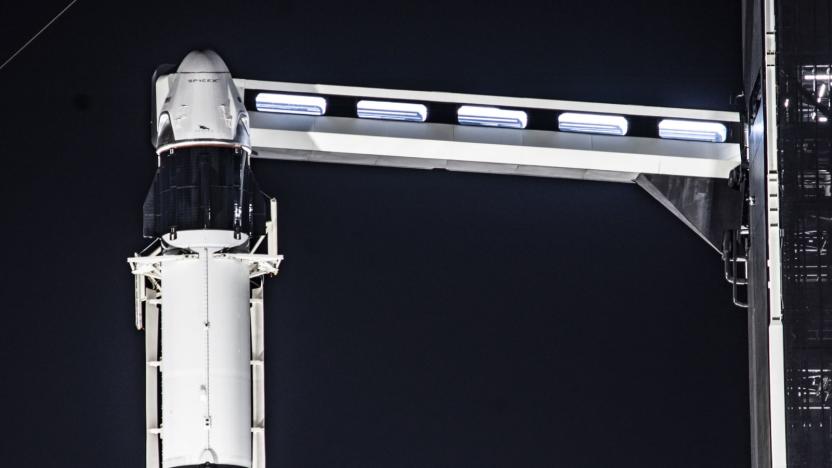
The first crewed SpaceX flight could happen around May 7th
Last month, Elon Musk said he expected the SpaceX Crew Dragon to launch, with astronauts onboard, sometime between April and June. Now, Ars Technica's Eric Berger reports that first crewed flight could take off on May 7th. Though, due to "a number of variables not hardware related" the launch could happen in late April or later in May. We don't know yet how long the flight will be.
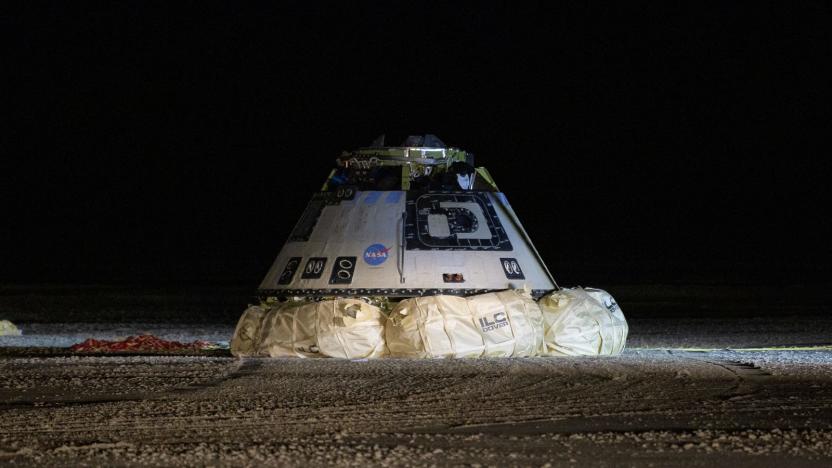
Boeing Starliner is the first US-made crew capsule to land on the ground
The inaugural Starliner test flight didn't go according to plan, but it still made a little bit of history. Boeing's spacecraft landed safely at New Mexico's White Sands Missile Range at 7:58AM Eastern, making it the first US-made, crew-ready capsule to touch down on solid ground. Previous capsules from the Mercury, Gemini and Apollo programs all landed in the sea. This capsule didn't have any humans aboard (the test dummy Rosie doesn't count), but this is still a watershed moment.

Boeing’s Starliner will not reach the ISS in its first test flight
Early this morning, Boeing launched the Starliner capsule for its first uncrewed test flight. Unfortunately, things did not go as planned and while the Starliner made it into orbit, it did not achieve the correct orbit.

SpaceX blames Crew Dragon explosion on an oxidizer leak
Months after the incident, SpaceX has an explanation for why its Crew Dragon capsule was destroyed during a test. The private spaceflight firm has determined that a "leaking component" allowed liquid oxidizer (specifically nitrogen tetroxide) to enter high-pressure helium tubes during ground processing. When some of this oxidizer was sent through a helium check valve during the launch escape system startup, it reacted with the valve's titanium and triggered an explosion.
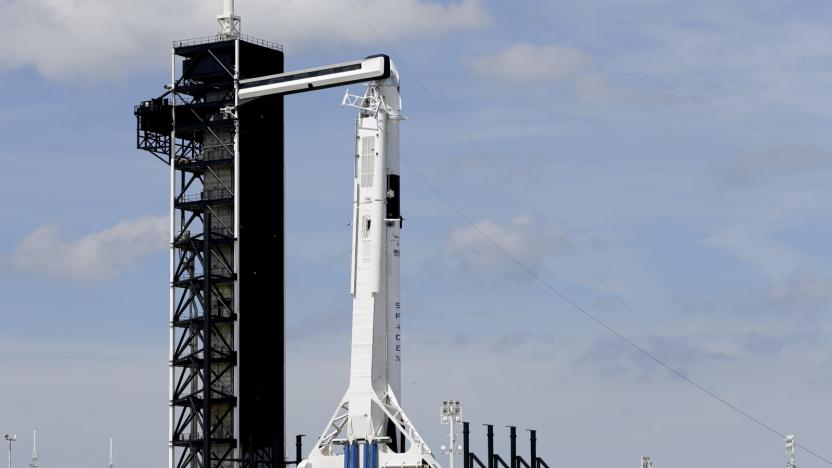
SpaceX Crew Dragon capsule suffers 'anomaly' in testing
SpaceX's dreams of crewed spaceflight appear to have faced a setback. The company and the US Air Force's 45th Space Wing have confirmed to Florida Today that a Crew Dragon capsule suffered an "anomaly" during a static test fire at Cape Canaveral. Most tests went according to plan, SpaceX said, but a "final test" led to problems on the testing stand. Observers could see smoke from miles away, suggesting that the capsule or something attached to it had caught fire.
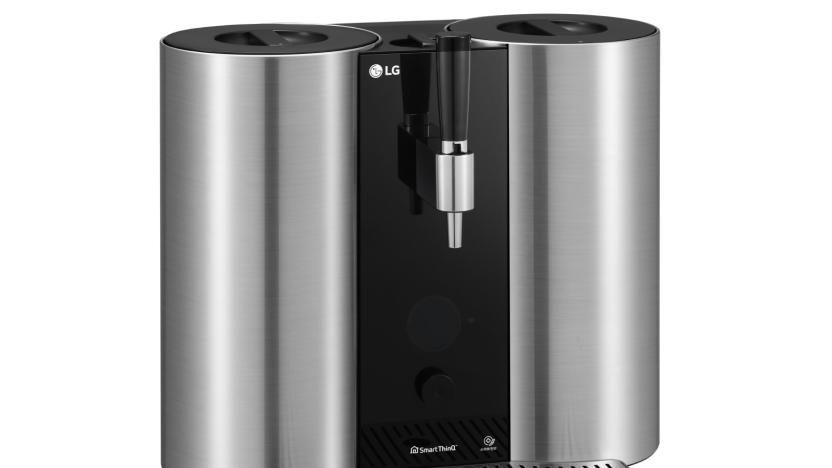
LG's automated craft beer system could make homebrewing much easier
Given the phenomenal popularity of craft beers and ales sweeping bars across the globe, it's surprising that homebrewing hasn't yet taken off to the same levels. Sure, we've seen a number of systems touting the trend -- Picobrew and Brewie are two that have done well on Kickstarter -- but it's yet to really go mainstream. But this could be set to change now that LG is getting in on things.
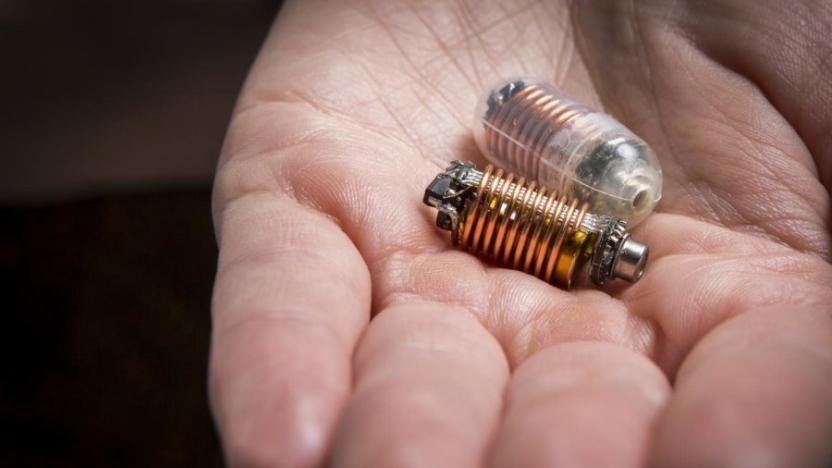
Ingestible gut sensors reveal potential new immune system
Ingestible technology -- the stalwart theme of medical sci-fi -- has been in the works for decades, but now researchers are closer than ever before to taking it mainstream thanks to successful trials of gas-sensing capsules. The swallowable sensors, designed by RMIT University in Australia, could revolutionize the way gut disorders and diseases are diagnosed and treated, offering a potential game-changer for the one-in-five people worldwide who will suffer from gastrointestinal problems in their lifetimes.

Yomee turns dissolvable culture pods into fresh yogurt
Yogurt is at its best when it's freshly made and additive-free, which is why the more health-conscious folks prefer making this tasty snack at home instead of buying it. But yogurt-making is a messy job: you have to first heat the milk up to at least 161°F or 72°C for pasteurization separately, as pretty much all yogurt makers can't reach that temperature; and you also have to measure how much bacterial culture to put in. This is where Food-X-backed Hong Kong startup Lecker Labs comes in. Its first product, Yomee, is a machine that takes care of the entire yogurt-making process, covering high-temperature heating (reaching 185°F or 85°C), stirring, culture loading, fermentation and chilling (down to 50°F or 10°C). When ready, simply pop the cup out and enjoy.
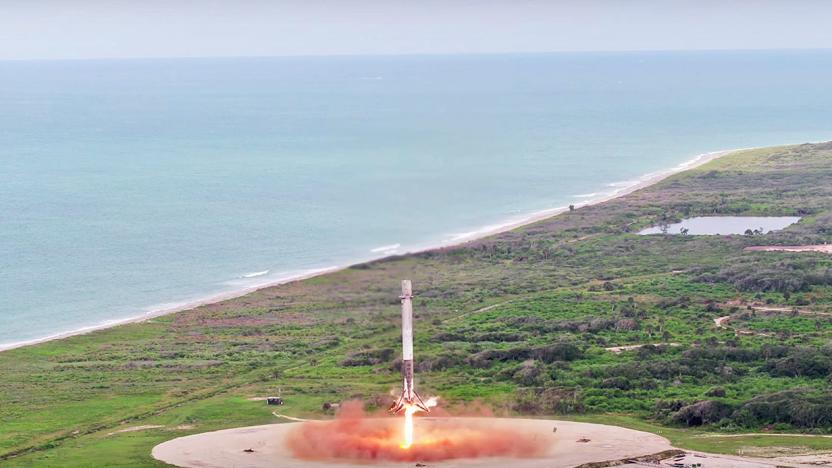
Watch SpaceX land another rocket in crisp 4K
Missed the SpaceX launch that marked the first time it used a refurbished Dragon capsule for an ISS resupply mission? Well, that capsule has recently reached the space station, and the private space company has just released a 4K video showing the rocket it used for the mission making a perfect landing at Cape Canaveral. This is the 11th time a Falcon 9 was able to stick its landing, and it certainly won't be the last. SpaceX plans to repeat the feat again and again, both on land and at sea, in an effort to ensure that its rockets are perfectly reusable.
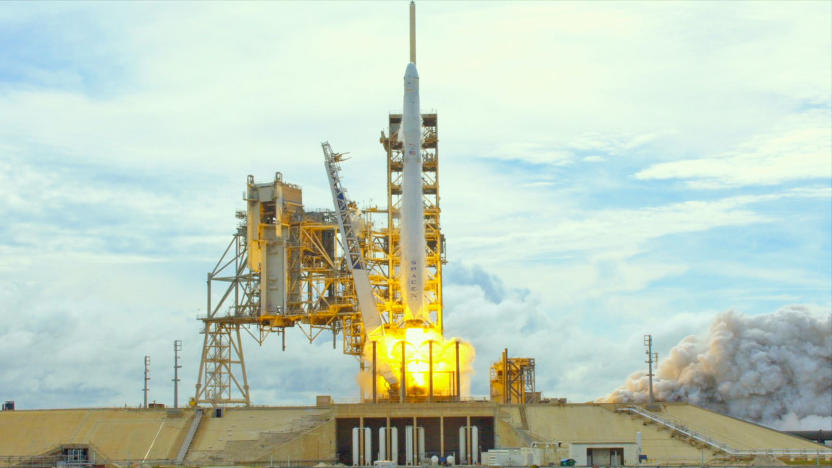
SpaceX re-launches a Dragon capsule for the first time
SpaceX is no longer limited to reusing rockets -- it's reusing capsules, too. The private spaceflight outfit has launched a refurbished Dragon cargo capsule (namely, one last used in September 2014) as part of a resupply mission to the International Space Station. While the vehicle isn't as complex as a Falcon 9, this shows that it can endure multiple launches (SpaceX is targeting three) without a hitch. That's important for reducing the overall costs of spaceflight, especially when manned Dragon missions become a reality.
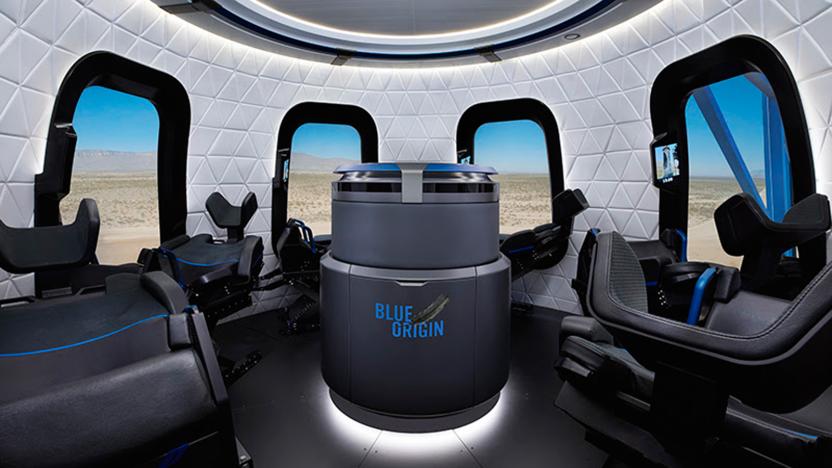
Blue Origin offers a look inside its tourist rocket's capsule
Blue Origin has given you plenty of glimpses of the outside of its tourism-oriented New Shepard rocket, but what about the inside -- you know, the place where you'll spend all of your time? You now have an idea of what to expect. Jeff Bezos' spaceflight operation has released its first interior photos of New Shepard's capsule, and it's clear that we've come a long way from the days of cramped, utilitarian spacecraft cabins. The windows are enormous (just shy of 43 inches tall), and the interior is relatively spacious. You won't mistake the capsule for a cruise ship, but it's undoubtedly designed for civilian sightseers used to some creature comforts.
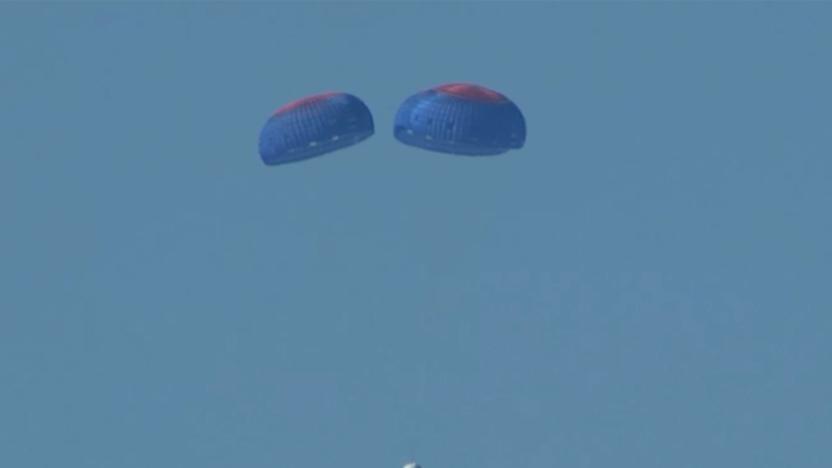
Blue Origin successfully tests its crew escape system
Blue Origin's escape system test went by without a hitch. Jeff Bezos' private spaceflight outfit successfully ejected the crew capsule from the New Shepherd rocket about 45 seconds after launch, shooting it away at about 400MPH before parachutes carried it safely to Earth. On top of this, Blue Origin landed New Shepherd again -- there were worries that the capsule's rocket would damage the booster and prevent it from landing safely. You can watch it yourself below, starting at the 1:05:58 mark.
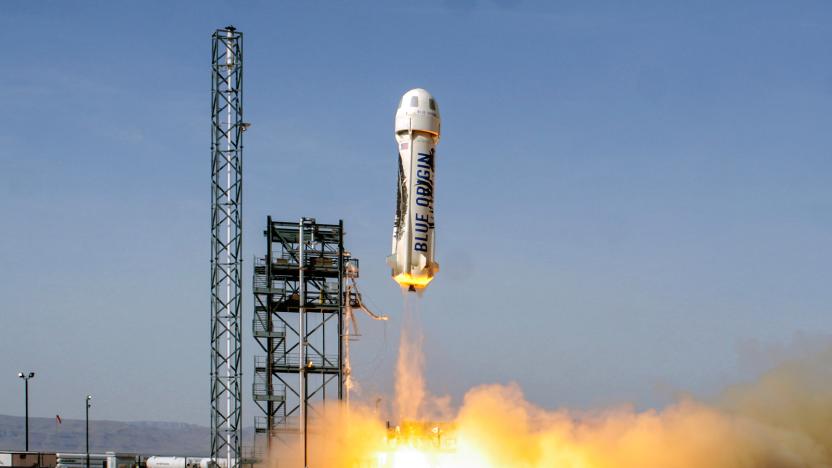
Watch Blue Origin test its crew escape system on October 4th (update: now the 5th)
Blue Origin is about to take an important step toward its first manned flights. Jeff Bezos and company are planning to test New Shepherd's mid-flight escape system on October 4th, with a live stream beginning at 10:50AM Eastern. The firm promises that it will be "dramatic," and that may not just be hyperbole. When the crew capsule fires its rocket to make a getaway, there's a chance that it could damage the booster and prevent it from landing. That's not a problem in a real emergency, but unfortunate if you're hoping that this New Shepherd (which has flown four times before) will live to fly another day. This could be either wonderfully uneventful, full of explosions or a mixture of both -- you'll just have to watch to find out. Update: Blue Origin delayed the flight to the 5th due to weather. You can tune in below at 10:45AM Eastern.

Watch SpaceX's Dragon capsule perform its launch abort test
If you were still hitting snooze when SpaceX launched its Dragon capsule this morning, fret not: you can relive the action now. Elon Musk & Co. successfully launched the unmanned spacecraft at Cape Canaveral, Florida around 9AM ET and it splashed down in the Atlantic in under two minutes. The main goal for today's flight was to get a feel for how the vehicle would respond if it (and the crew) needed to separate from the eight SuperDraco engines in a hurry. Measuring trajectory and observing what the impact of an abort would be on the crew are two of the items today's launch aimed to solve. A video of the flight resides after the break (skip to the 16-minute mark) alongside a graphic that outlines the various stages in the test. Fair warning: you'll want to turn the volume down at launch. Update: SpaceX just uploaded its edit of the video, for a better angle on the whole process -- from launch to landing -- watch it here or embedded after the break.

SpaceX's manned Dragon capsule gets its first real test on May 6th
You won't have to wait much longer to see what SpaceX's manned Dragon capsule is like in action. SpaceX now expects to conduct its promised Crew Dragon launch pad abort test (the craft's first major test) on May 6th, with things kicking off as early as 7AM Eastern. The point of the system is to make sure the crew and spacecraft have a way to escape if there's a problem with the rocket, and according to SpaceX, is an option from launch all the way up to orbit. This might not be as dramatic as some of the company's other tests, but it will give you a sense of what would happen if the vehicle had to abandon its host rocket in a hurry. One thing's for sure: with NASA streaming the whole thing live, it won't take long to find out whether or not SpaceX's orbital courier is on the right track.

Here's what astronauts aboard Orion will see during re-entry
Most of us will never be astronauts -- sorry to break it to ya -- but we can at least pretend to be aboard the Orion capsule with this video (below the fold), courtesy of NASA. Orion's camera captured 10 minutes of footage from the time it started blazing through Earth's atmosphere until it deployed its parachutes to slow down its descent into the ocean. You'll even see the plasma (created by friction between the atmosphere and the heat shield) change colors as the capsule speeds up and temperature increases. NASA launched a test flight of the Lockheed-made spacecraft in early December to test its components, especially its heat shield.

SpaceX Dragon V2 can seat up to seven passengers, use thrusters to land on solid ground
SpaceX's Dragon capsule has been taking cargo to the International Space Station since 2012, but it's done so lacking the chops to shuttle humans into orbit. The firm's just unveiled the next generation of the spacecraft, dubbed Dragon V2, to remedy that, and it's designed to do much more than carry people. The new craft is reusable, can hold up to seven passengers and is designed to allow for swapping crew space for additional cargo. What's more, the vessel is able to land on solid ground with the accuracy of a helicopter -- as opposed to splashing down at sea -- without parachutes. Using eight SuperDraco thrusters, engines 3D-printed from a superalloy, the Dragon V2 can blast out enough force (16,000 lbf for each engine) to slow itself down for a landing on terra firma.







